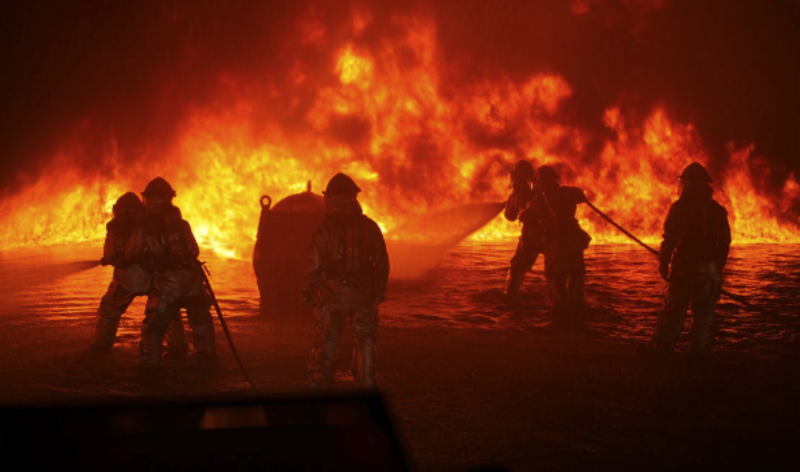Money might not grow on trees, but it turns out burning trees cost a lot of money.
Driving the news: Per The New York Times, Canada’s record-bad start to its wildfire season—20 million acres burned, 155,800 evacuated, and almost $1 billion in firefighting costs—highlights the mounting pressures that come with worsening natural disasters.
Why it matters: Wildfires are not only incurring high financial costs, but upending Canada’s oil and gas operations, reducing the available timber harvests, dampening the tourism industry, and straining healthcare systems. Floods and heat waves pose similar risks.
What are economists saying?
-
Economic costs: According to the Canadian Climate Institute, climate-related costs are expected to mount to $25 billion in 2025 and cut economic growth in half.
-
Household costs: By 2050, they forecast 500,000 jobs lost (mostly from lowered productivity tied to excessive heat) and higher taxes required to repair the damage.
-
Housing costs: Impacts on timber production could impact the construction of new homes while record immigration continues to ramp up demand for housing supply.
Weather events are also causing insurers to flee affected markets. Some insurers have stopped offering home insurance for those living near a wildfire-affected region, while up to 10% of Canadian homes are currently uninsurable for flood-related risks.
Zoom out: It was once thought that rising temperatures could benefit Canada, creating longer farming seasons and milder winters. But more volatile weather, from June snowfalls in Alberta to hurricanes on the Atlantic coast, look set to wipe out any potential gains (and then some).—SB
